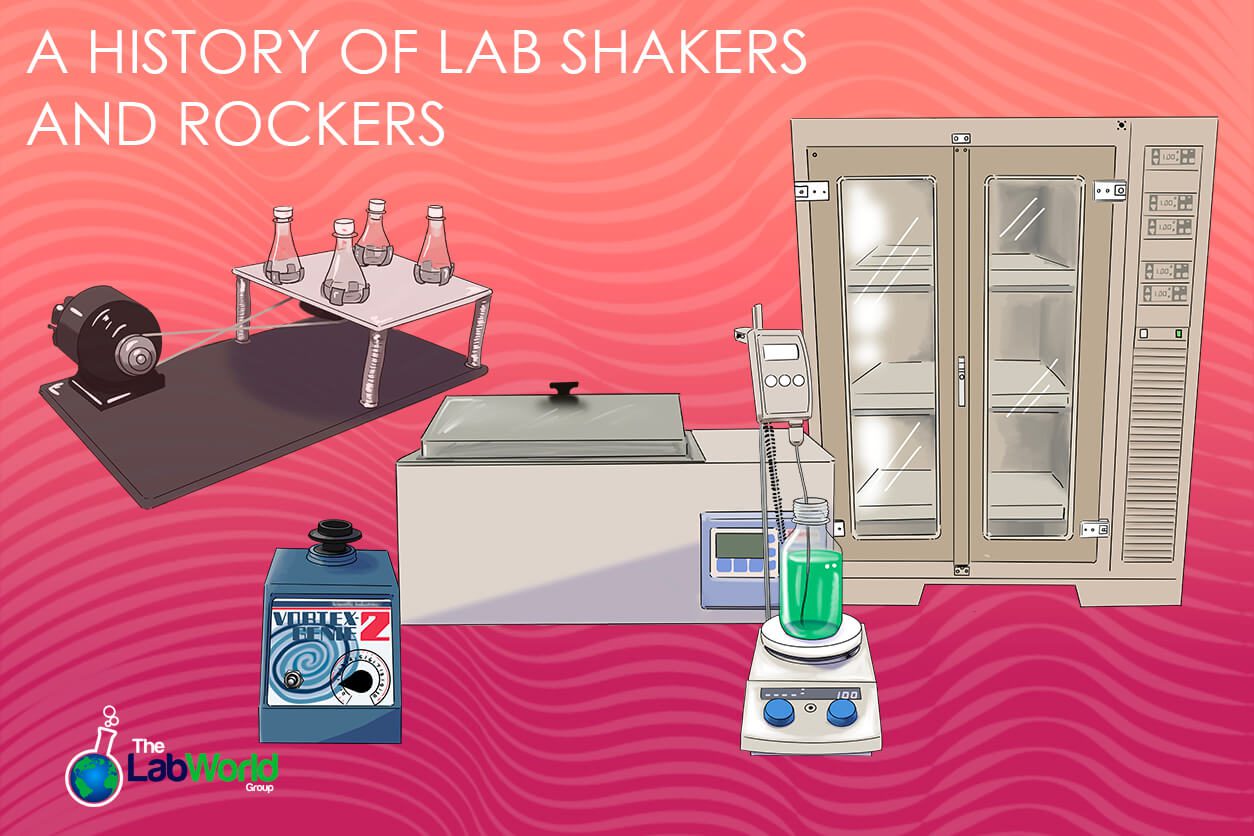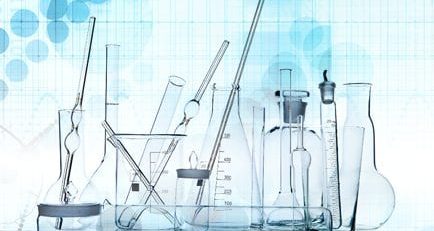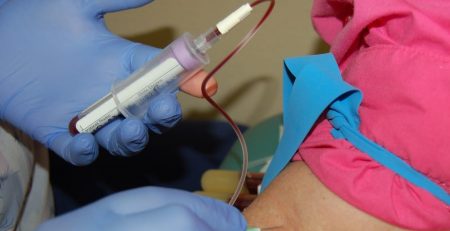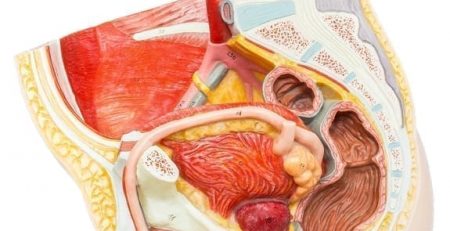
A History of Laboratory Shakers
Amanda2024-07-18T17:24:50+00:00Laboratory shakers and their various forms of agitation are essential in scientific research. Built to alleviate the most monotonous task, these devices have mixed samples, dissolved solutes, or enabled reactions for over a century and have evolved from humble beginnings. Let’s look at laboratory shakers’ development, key innovations, and impact on scientific progress.
Creating the Laboratory Shaker
By the early 19th century, it was understood that shaking impacted the process of an experiment. Before the arrival of a dedicated machine, however, scientists had to shake their experiments by hand or use simple mechanical devices. Among the first to be offered was the wrist action shaker in 1903, miming the human wrist’s motion to agitate samples. These early shakers were simple, often handmade, and powered by hand or water wheels, but motorized versions of this wrist-shaking action are still used today.
In 1917, Stringham introduced the magnetic hotplate, which used a magnetic bar and an electromagnetic base. In the 1940s, the reactivity of the bare magnetic bar was addressed by adding an inert coating, either ceramic, glass, or plastic. 1946 brought about the first New Brunswick shaker, a platform with clamps for flasks set on springs and a base driven by a motor. This innovative platform, developed for Dr Selman Waksman of Rutgers University, was used to create the first antibiotic to treat tuberculosis, awarding him a Nobel Prize. These transitions from manual to electric-powered devices significantly improved the efficiency and consistency of experiments and outcomes.
The latter half of the 20th century brought technological advancements that transformed laboratory shakers. In 1959, Jack and Harold Kraft introduced the first vortex mixer, patented in 1962, on behalf of Scientific Industries. This quick shake method replaced the manual action of flicking a finger against the tube to mix.
As the research landscape changed, so did the need for more varied shaking options. Several new shakers were added to the market around the 1960s, including the addition of temperature control needed for culturing micro-organisms. Around this time, we see the first refrigerated incubator shaker and a water bath shaker from New Brunswick Scientific. Introducing electronic controls around this time allows for more precise shaking speed and duration regulation. This precision was crucial for reproducible results in experiments involving cell cultures, chemical reactions, and other sensitive processes. These developments revolutionized fields like molecular biology and biochemistry by enabling optimal conditions for cell growth and protein expression.
In the 1970s, attention was turned to higher throughput. Large-format incubator shakers from Kuhner that let users control speed, temperature, humidity, and CO2 variables were manufactured. In 1972, the Salvador Bonet Scientific Company introduced a multipoint magnetic stirrer, allowing six flasks to be stirred in parallel and coins measuring stir power in “liters of water.”
Modern Innovations and Looking Ahead
Laboratory shakers have continued to evolve in the 21st century, integrating advanced features such as programmability, automation, and remote monitoring.
The 1980s and ’90s saw the introduction of microchip processing power, which gave even tighter control over variables like time and temperature. The addition of microprocessors led to the 2000s revolution of automation and dual temperature control, allowing users to create and store multi-step protocols. These complex shaking protocols reduced the need for manual intervention and minimized the risk of human error. User-friendly innovations like touchscreen interfaces and connectivity options allow scientists to monitor and control experiments on their computers or mobile devices.
Recently, we’ve seen more than functional innovations with mixers. Globally, environmental sustainability is a focus, with manufacturers developing energy-efficient models and materials to reduce the ecological footprint of laboratory equipment.
Looking ahead, laboratory shakers are expected to become even more integrated with other lab automation systems, contributing to the growth of “smart laboratories”. Advances in artificial intelligence and machine learning could further enhance the precision and efficiency of these devices, opening new possibilities for research and development across various scientific disciplines.
Conclusion
From hand-cranked devices to today’s sophisticated, automated systems, laboratory shakers and mixers have come a long way. The arc of their evolution is a roadmap for developing scientific trends and priorities. There is a need for precision in all variables, efficiency in their job, and, ultimately, ease of use. But even as technology advances, even simple laboratory shakers continue to be irreplaceable in the lab environment.













